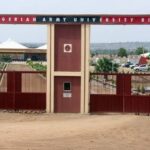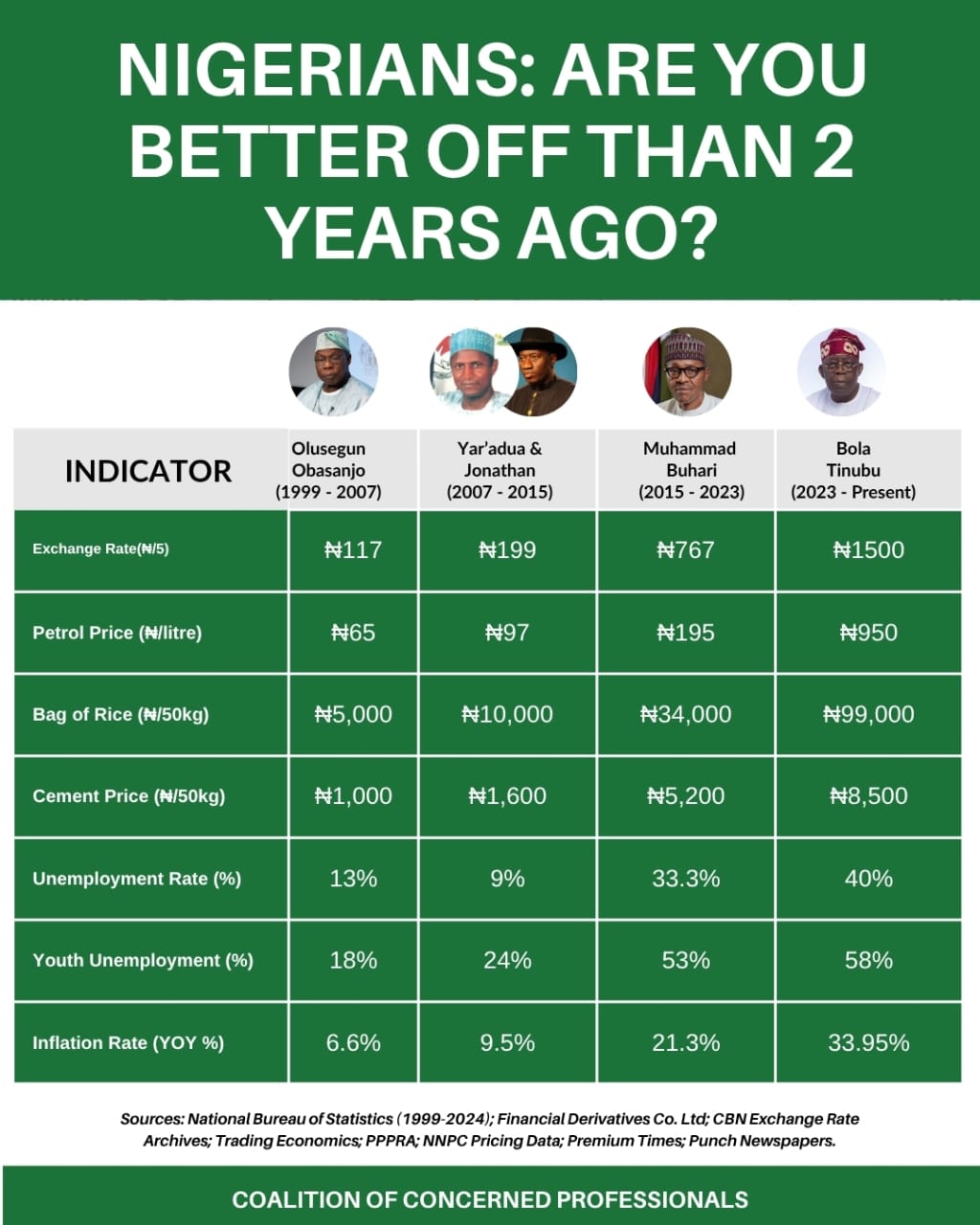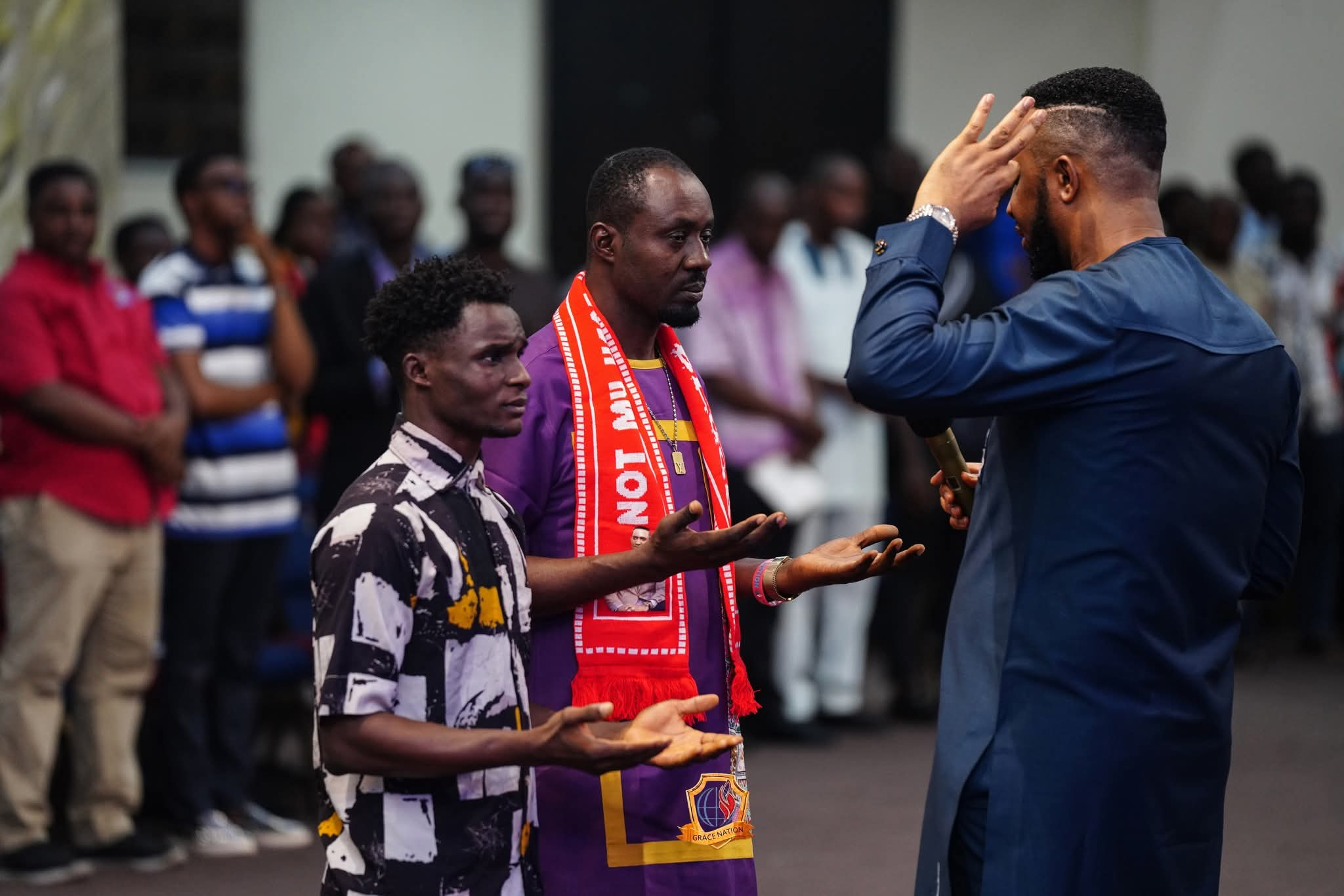
Interesting Facts about GOtv’s Broadcast Infrastructure
- Bayo Adetu
- March 4, 2024
- BUSINESS
- 0 Comments
GOtv is by no means Nigeria’s first digital terrestrial television (DTT) operator but the company has steadily grown to become one of the biggest players in the DDT sector. Making its debut in 2011, GOtv showed up just in time, when Nigeria started the campaign of migration from the analogue to digital broadcasting platform which had become a major requirement around the globe, following the International Telecommunications Union (ITU) agreement of 2006 which Nigeria was a signatory.
Here are some interesting facts about GOtv’s broadcast infrastructure.
GOtv Nigeria is the first DTT operator to support of National Broadcasting Commission’s (NBC) digital migration flag-off in Jos, with the “Digilevelz Don Land, No Carry Last” campaign, which covered 26 cities across the country. GOtv is now available in over 60 cities in over 26 states.
This was no easy task as the broadcast giant investment runs into billions of naira. In the first four years of operations, GOtv spent $ 95.5 million to build 73 transmitter sites. Between 2014 and 2018, 8.1 billion naira was spent on transmitter maintenance. In 2014, the sum of N572.2 million went into maintenance. It rose steeply to N1.39 billion in 2015, N1.9 billion in 2016, N2.033 billion in 2017 and N2.28 billion in 2018. Thanks to this investment, over half the country’s population has access to digital broadcasting services.
GOtv’s use of the DVB-T2 hardware makes self-installation easy, provides better quality images, and potentially lower operating costs for broadcasters. It also offers a reduced chance of signal depreciation in bad weather, and a more efficient use of limited radio spectrum bandwidth making the carriage of audio channels such as Wazobia FM and Naija FM possible.
The GOtv’s adoption of DVB-T2 means access to a premium digital audio-visual quality and enhanced viewing experience at extremely affordable rates widening access to digital television via affordability.
GOtv’s investment in digital terrestrial television hardware and investment in related infrastructure has a ripple effect on national development in areas such as job creation which ultimately improves the lives of the citizens.
On a final note, GOtv continues to uphold its commitment to stimulating the national digitisation process while boosting the government’s efforts towards national socio-economic development and impacting millions of lives through its efforts to make digital terrestrial television available to as many interested customers who wish to move from the past into the digital future.











